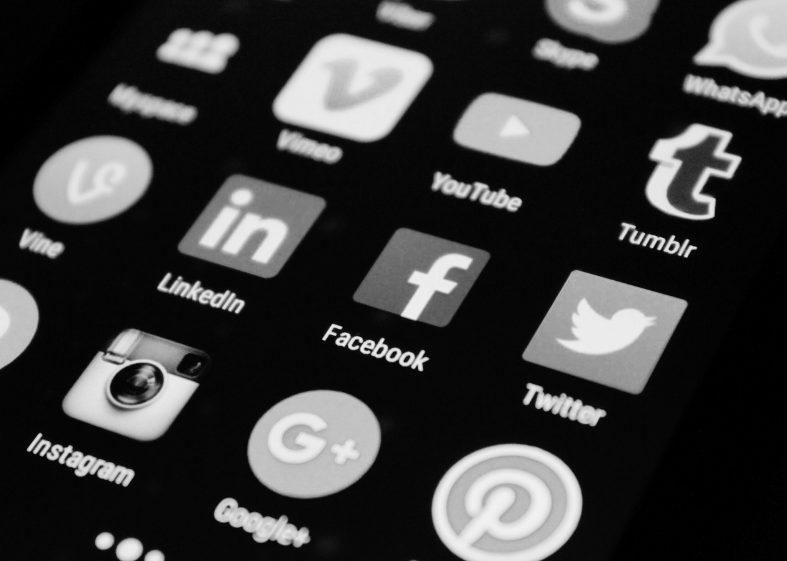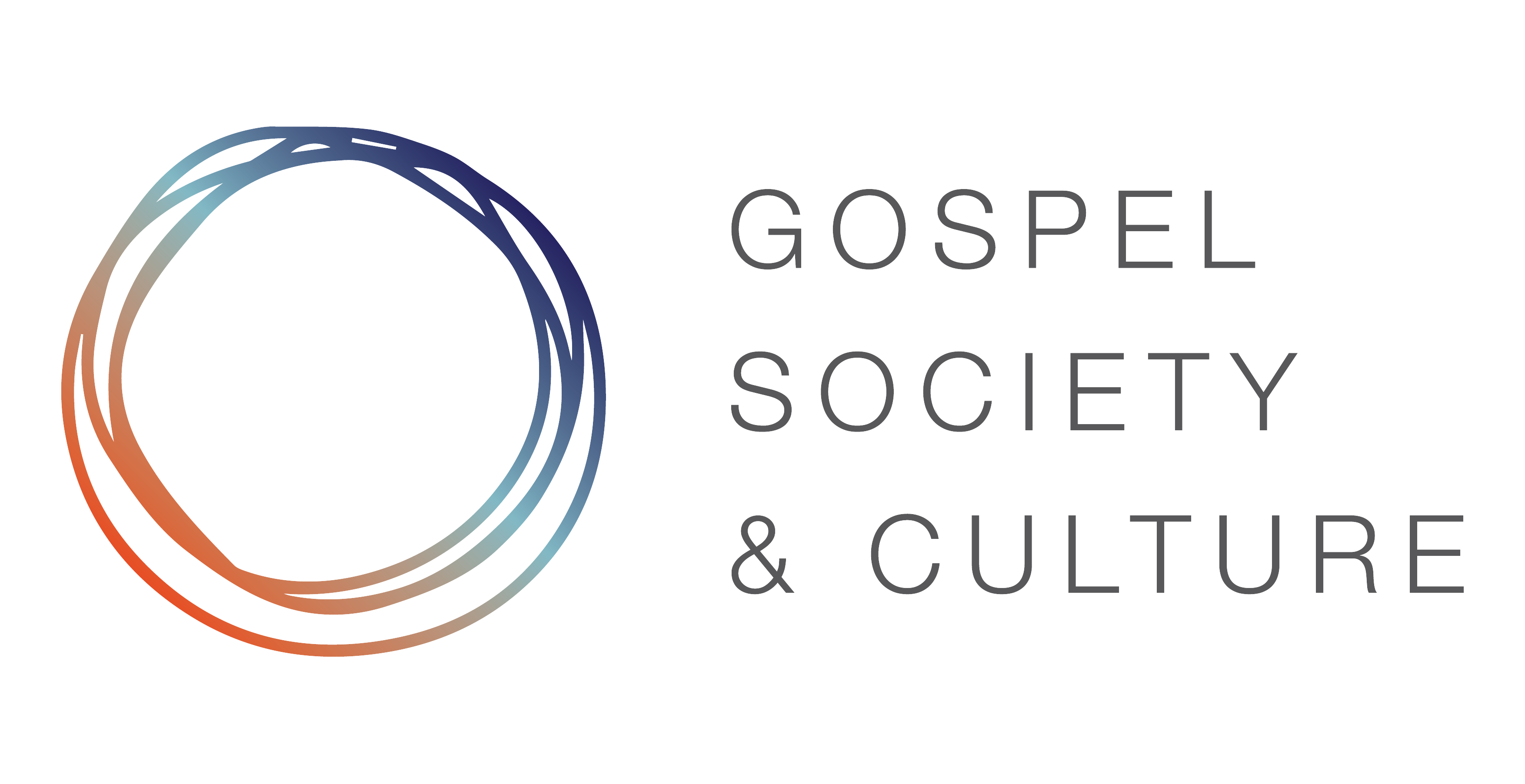
The new media universe is a high-risk place for the poorly prepared. COVID-19, climate change wars and vexatious politics have exposed the new media’s flaws.
The ‘democratisation’ of news and information has produced an overwhelming volume of unmoderated content. Many people are choosing platforms like Facebook, Twitter and Instagram as their primary source of news and information.
Social media ‘edits’ by numbers. Algorithms assess your likes, dislikes, interests and biases. Based on your interactions – your interests and biases – the algorithms choose the news, views and advertising they think you want to see. The platforms subliminally channel your decision-making options. Social media lacks a human ‘filter’.
This presents mind-boggling challenges for the reader (‘consumer’ in marketing parlance). Furthermore, in times of crises, social media looks decidedly ‘anti-social’.
During a chaotic 2020, media has both reflected and exacerbated society’s division, distrust and conflict. I deal with that in a second blog – see link at the bottom of this blog).
Despite impressive technology, social media owners struggle to control misinformation from mischief-makers, political opportunists, fringe activists and well-meaning but ill-informed individuals?
An exhausting number of books and articles have been written on the subject. In this series of articles, I’ll use a broad brush to give you a glimpse of some of the challenges.
I hope it will help you to reflect on your media use. I don’t want you to disengage from media, but to engage well — to consume all media as a thoughtful Christian and even to use it to communicate for Christ. This article does not intend to discourage you from participating in the public square. Christians should be involved. But as Christians, it is not just our personal credibility that is on the line. We represent Christ. Truth matters.
We need wisdom when consuming and sharing in the new media.
INSIGHTS, ADVICE AND ACTIONS
A large proportion of Australia’s population grew up with a news and information media that comprised newspapers, free-to-air TV and radio. Those channels are now referred to as legacy media.
There is a stark difference between legacy media and new, digital media, made up largely of social media platforms like Facebook and a plethora of blogs.
The revolution is about 20 years old. For all its flaws, legacy media was accountable, legally and commercially. It had many checks and balances – these are discussed in following articles in this series.
Social media is, at best, lightly moderated. It ‘vacuums up’ news and information from a multitude of sources and redistributes to you.
It takes little responsibility for what’s published. Legacy media use social media to promote more traffic to their websites and to remain relevant in the 21st Century.
Meanwhile, individuals like you and me, have unknowingly and/or naively become reporters, sub editors, reporters and publishers. You create content for social media via material you generate – Posts, Shares, Comments on or Likes. You may not think of yourself that way, but that’s what you are.
- The moment you hit the Share tab, you are a publisher.
- The moment you hit the Like tab you are a commentator.
- The moment you post a comment, you are an ‘expert’.
Every time you interact on social media your name, your credibility and your reputation are on the line. Navigating this new media is a minefield for the untrained or unprepared. For all its wonder and positive aspects, the pitfalls are real.

Do not let any unwholesome talk come out of your mouths, but only what is helpful for building others up according to their needs, that it may benefit those who listen.
Ephesians 4:29
FAKE NEWS
It’s often hard to identify what’s fake and what’s not in new media. At a geo-political level, sophisticated players are at large with activist, ideological and political agendas. Russia is blamed for interference in the US and European elections. Extremists groups are responsible for sowing divisiveness in society. The USA and parts of Europe appear to be more vulnerable than most, but Australia is not immune.
At a grassroots level, fake news is shared in the form of gossip, innuendo and malice – and it’s also done in the name of humour.
It’s important to do some basic research before Sharing, Liking, or Commenting. This applies to light-hearted and seemingly harmless ‘photo-shopped’ pictures ato serious political or social articles. Forwarding or sharing dubious information is at best reckless.
Here’s how to do some quick and easy basic research:
- Click on the picture on the Post or Comment to reveal the author’s profile. Beware if there’s a nondescript (or abstract) photo and no information – more research is needed. Or simply don’t Share it.
- If the story is from a media source you don’t recognise, search for their website. Click on the ‘About’ tab on the drop menu or at the bottom of the home page. That should reveal the owner’s values, beliefs, and goals. If it doesn’t, then you have another reason not to Share, Comment or Like.
- ‘Fact check’ sites are useful tools to consider. Examples are the ABC-RMIT collaboration https://www.abc.net.au/news/factcheck/ and https://theconversation.com/au/factcheck
SPOT THE DIFFERENCE
It’s important to distinguish between comment, opinion, analysis and reporting. Opinion and comment seem to be ubiquitous on social media.
Experts and thought leaders who are generally corralled to specific pages in newspapers, ‘free-range’ on new media. Usually, the ‘genre’ is labelled, but not always. The tag identifying it may be ‘discretely’ placed, which can deceive the undiscerning. The opinion, which may be an interepretation of ‘facts’, suddenly becomes ‘truth’. Readers need to differentiate between the presentation of facts from someone’s interpretation of the those facts.
Opinion and comment pieces give extra scope to headline and summary writers to be ‘creative’ as they aim to encourage you to click through to their site (it’s called click bait).
Here is a snapshot of the differences you should be looking for, bearing in mind the definitions are being increasingly blurred.
Reporting tells us about what happened and who said what. It should not include a reporter’s opinion or commentary. Some background or analysis may be included for clarity. Balance is particularly important in political stories, for example.
Analysis seeks to make sense of complex stories. It includes some explanation that may incorporate a writer’s interpretation, and graphics, tables and timelines. It may resemble investigative reporting.
Comment may also be an attempt to provide clarity for the reader. It often includes an ‘insider’s’ view of events – the journalist (or commissioned expert) is privy to extra information that, for many reasons, cannot be attributed to the source. But because the journalist is confident it’s true and important, he or she will ‘own’ the fact.
Opinion is obvious. It is the writer’s view. Often the author is specialist in the area – a finance journalist for example, or an expert like an academic who is commissioned. It, too, may contain ‘insider’ information that the writer is willing to own. Opinion is not meant to be ‘balanced’.
WHAT DAY IS IT?
Check the date on the post. This is a simple but important task. In a 24/7 environment information is superseded rapidly. Sharing dated information is potentially as bad as sharing fake news.
During the bushfires, ‘news’ and opinion often landed as late as 24 hours after original publication. Posts were ‘recycled’. The same story appeared twice or three times on my Facebook feed.
The relentless projection of disaster images reinforced certain idealogical positions, even if I didn’t read the content. During Covid-19, detail about the virus’s progress was changing hourly. ‘Recycled’ and dated social media posts can confuse official messages and cause harm and even social disruption, as we’ve seen in the USA.
RECOGNISE THE BIASES
Are you reading a left wing, right wing, progressive, green publication or site? What agenda is being pushed?
The Guardian news website is (in my opinion) Left and Green politically and culturally, both in its news priorities and commentary. The Australian is Right leaning. The Sydney Morning Herald probably sees itself as culturally ‘progressive’, economically conservative and, over all, slightly Left of centre. It is helpful to understand the author/publisher’s/blogger’s intention.
The approach and tone of your comment in reply will be better informed and framed by that understanding. I make a habit of reading a diverse number of publications to help me think through a subject.
CLICK BAIT
Headlines and the short introduction sometimes bear little resemblance to the facts. It’s always been thus. Tabloid newspaper headline writers were masters of the ‘teasing’ headline to lure you to read a story. The same applies today online.
The publisher has a commercial interest in getting you to click through to their site. The more clicks, the better the pitch for advertising dollars. Gossip and sex are the primary drivers of this deception, but even serious sources play this game. You can’t change that. But reading just the short intro to the post or Tweet can leave you with an incorrect impression of the story. Advice: Read the story, not just the headline.
COMMON SENSE
Use common sense when engaging in media. Sharing an item from a London or New York tabloid about wearing a face mask during Covid-19 is not wise. Go to reliable sources. Go to medical sites like the World Health Organisation or our own Government sites.
THE second blog in this series discusses the personal responsibility you have when you engage in media.
http://gsandc.org.au/media-mind-your-reputation-and-integrity/
if you’re interested in reading more about the new media phenomenon, the Gospel, Society and Culture committee has produced two two excellent papers.
http://gsandc.org.au/information-technology/
Two books I found helpful are:
Plugged In. Author: Daniel Strange. Publisher: The Good Book Company.
Wake Up – The Nine Hashtags of Digital Disruption. Author: David Fagan. Publisher: University of Queensland Press

